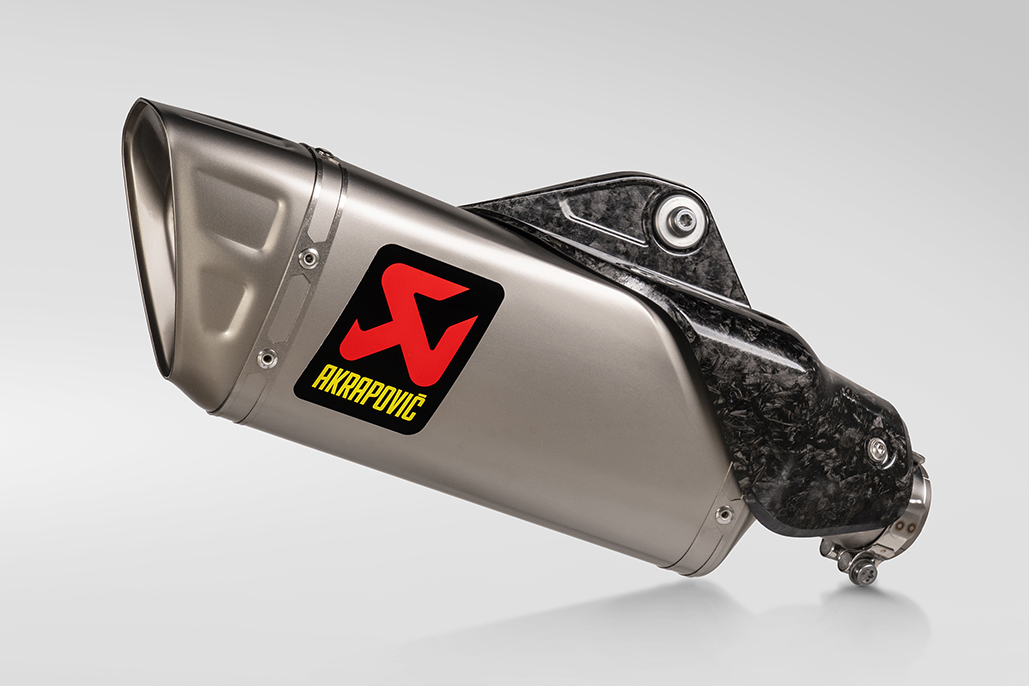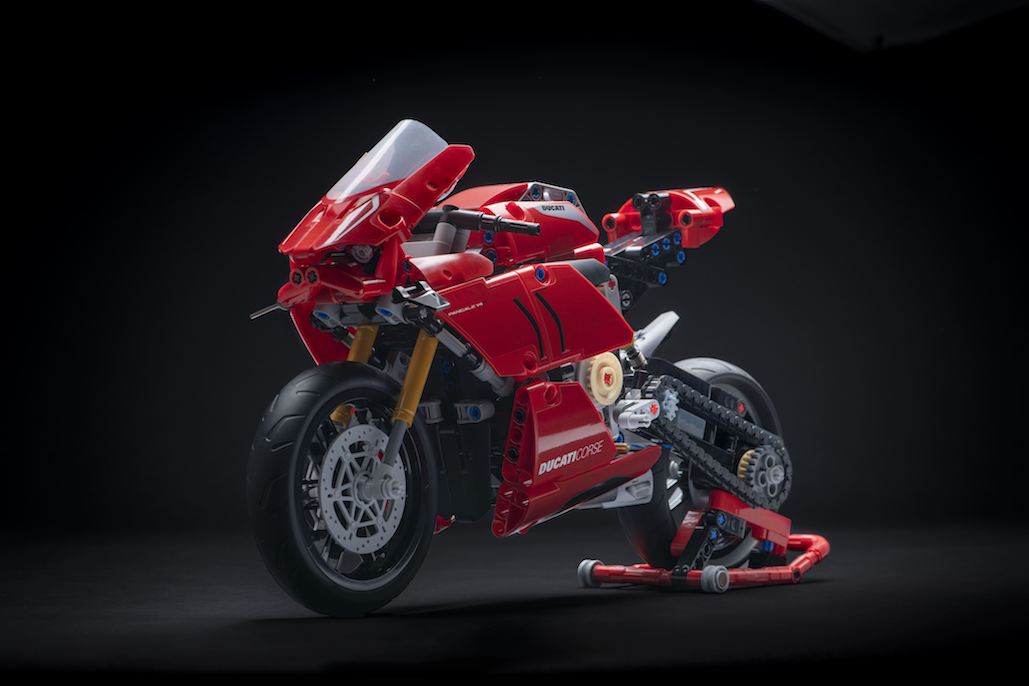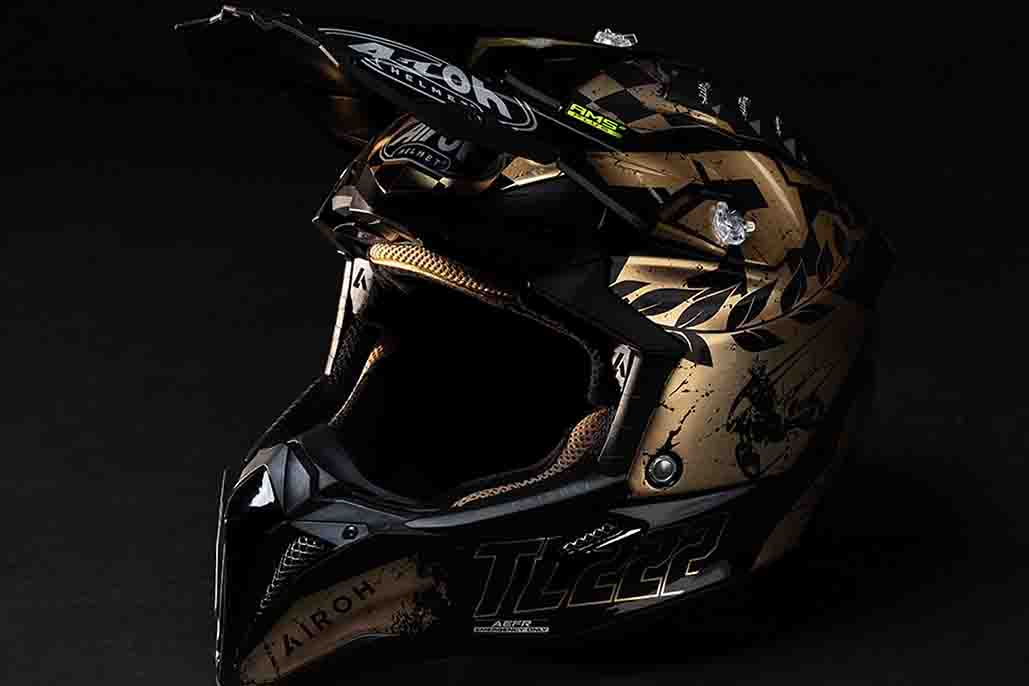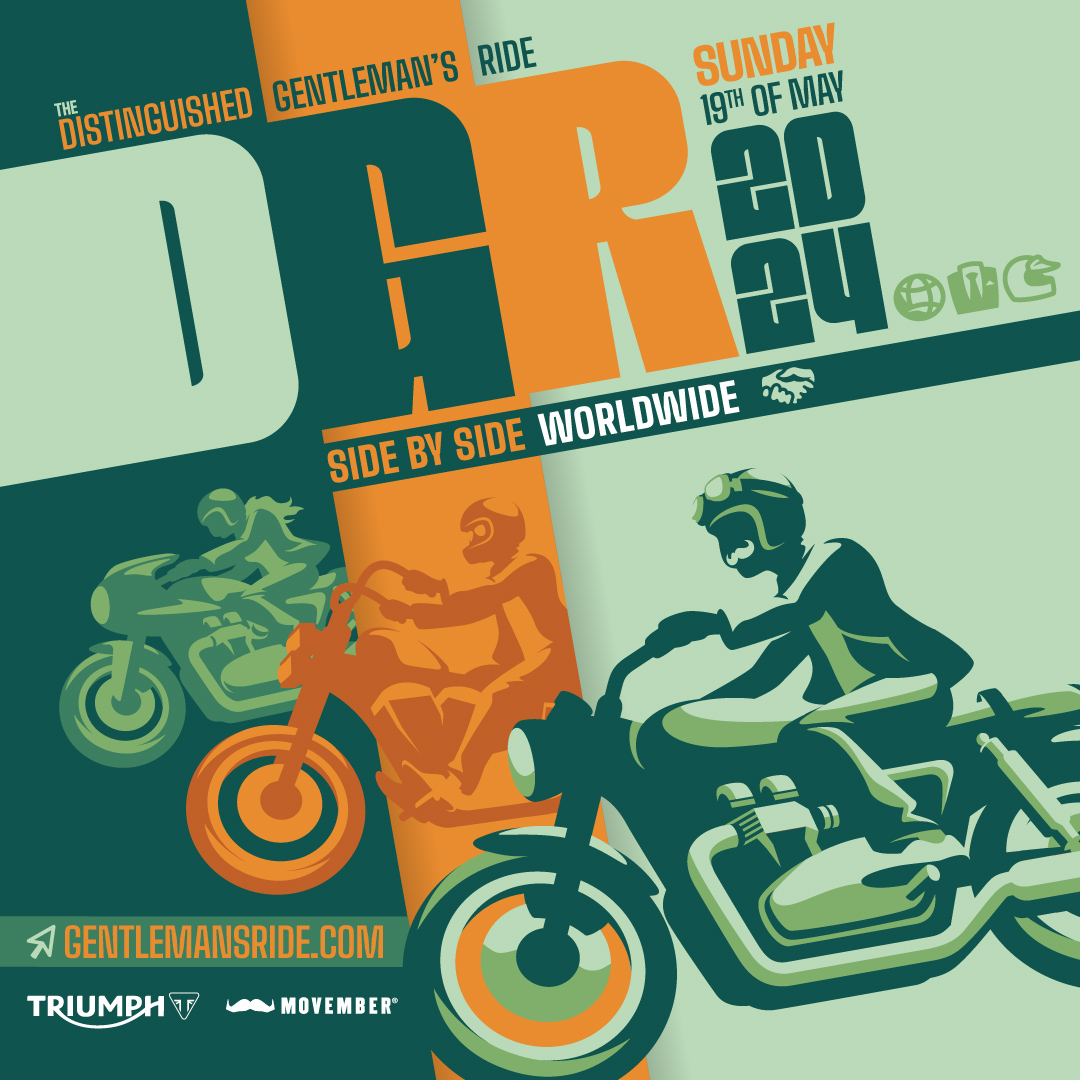2020 Honda Forza 300

2020 HONDA FORZA 300
1. Introduction
The Forza name has long been a powerful force in Honda’s two-wheeled line-up. Its history as a premium mid-size scooter goes back to the year 2000: the first model set the template, delivering a lively ride, plenty of storage room and an innovative combined braking system. It was well received throughout Europe, where owners found its multi-role capability useful in every aspect of daily life.
While retaining its trademark mix of sporty and GT character, the Forza 300 has constantly evolved. In 2004 it gained Honda’s S MATIC electronically controlled CVT (Continuously Variable Transmission), a theft-deterring Smart key, highly efficient PGM-FI fuel injection for the engine and space for two full-face helmets under the seat.
2005 saw the addition of ABS brakes and in 2008, luxurious touches like an audio package and speakers plus upgraded S MATIC (with phased auto shift mode) and Combined ABS brakes were added. In 2016 it moved on again, as the Forza 300 with a new ‘sit-in’ design large enough to carry two people in total comfort, even at highways speeds.
2018 marked the unveiling of a radically revised Forza 300 – lighter, smaller, smarter and sportier – following in the hugely successful wheel tracks of its little brother, the Forza 125, while retaining all the best attributes of its ‘GT’ nature.
2. Model Overview
The Forza 300 maintains its crisp, sporty look and tight, sharp dimensions. Its 2018 update saw the wheelbase lengthened and its width reduced, but with the addition of a higher seat height for improved visibility. A revised chassis, redesigned frame and larger diameter rear wheel boosted acceleration, top speed and fuel efficiency.
Smoothly adjustable, the electric screen provides maximum wind protection at speed or ultimate freedom around town. Honda Selectable Torque Control (HSTC) can be switched on and off from the left handlebar.
Sharp instruments serve up extra information digitally, in support of the analogue dials and all lighting is LED. The Smart Key offers control of the optional 45-litre top box.
For 2020, a special ‘Limited Edition’ joins the range, complete with striking new grey and gloss black colour scheme, heightened premium feel from red stitching around the leather seat and matching wheel rim tape, colour matched Smart Key top box and a new distinctive Forza 300 logo.
3. Key Features
3.1 Equipment & Styling
- Adjustable electric screen controlled from the left handlebar
- Dash offers a mix of analogue and digital information
- Room for two full-face helmets under the seat
- Full LED lighting
- New limited edition available for 2020
The Forza 300’s design lines flow back from its electric screen, controlled by a switch on the left handlebar, which adjusts smoothly through 140mm. It is designed to provide wind protection (with airflow directed around and over the rider’s head) and reduce wind noise. Stability and comfort at higher speeds – and for long distances – can be instantly exchanged for a greater sense of freedom with the screen in its lower position by simply pushing a switch on the left of the screen to move it to any point in the 140mm range.
Two full-face helmets can be stored under the seat, and it’s also possible to partition the storage area to house a helmet and/or rain gear and A4 sized bags. The front left inner fairing pocket is lockable, and its internal space can be arranged for the rider’s convenience, to hold a phone and water bottle, for instance. It also houses a 12V charging socket. All lighting is LED.
The Forza 300’s Smart Key – as well as controlling the main ignition switch knob and compartment locking – also manages the optional 45L removable top box. With the Smart Key in the rider’s pocket, the box automatically locks when the rider walks away. It can also be locked from the key. The top box switch is on its bottom surface, and to maintain the internal volume of the box the actuator mechanism is located in the rear body of the machine.
Instruments present analogue speedometer and rev-counter dials flanking a digital display that can switch between 3 modes (controlled by a switch on the left handlebar): odometer, range remaining and current mpg; trip meter, average mpg and timer; or ambient temperature thermometer and battery sensor.
Sculpted for both style and aerodynamic efficiency, the Forza 300’s look mirrors that of the popular Forza 125, with modern lines that create a real sense of sportiness and freedom. The dynamic look is completely in keeping with the agility and performance offered by its compact dimensions. Silver accents around the nose, front and side cowls lend a further touch of elegance in keeping with the overall premium feel.
For 2020, the Forza 300 will be available in five different colour schemes:
Crescent Blue Metallic
Pearl Nightstar Black
Matt Cynos Grey Metallic
Matt Pearl Cool White
Limited Edition – Exclusive ‘Air Force’ Grey
3.2 Chassis
- Short wheelbase with sharp steering geometry
- Compact dimensions paired with a practical seat height
- Both wheels cast aluminium, the rear 14-inch diameter
The 2018 upgrade saw the Forza 300 receiving a brand-new chassis. Wheelbase is 1510mm, rake is 26.5° and trail is 89mm. The radiator and battery are located between the fuel tank and underseat storage area, focusing mass to the centre. Wet weight is 182kg.
Compared to the 2017 model it is 25mm shorter in overall length, at 2140mm. Seat height remains at 780mm and the riding position is still naturally upright, promoting excellent all-round visibility. Handlebar width is 755mm with front width of 580mm and mirror width of 860mm – compact dimensions to make slipping through traffic-heavy streets easy.
Sturdy 33mm telescopic forks are matched by twin rear shock absorbers – adjustable through 7-stage spring preload – working through a 1-piece aluminium swingarm.
The cast aluminium 15-inch front wheel is fitted with a 120/70-15 tyre while the 14-inch rear wears a 140/70-14 tyre, offering maximum traction and ride comfort.
A 256mm single disc performs stopping duties up front, mated to a 240mm rear, with the benefit of 2-channel ABS for braking control on slippery surfaces.
3.3 Engine
- Fast acceleration, high top speed and strong fuel efficiency
- Honda Selectable Torque Control (HSTC) standard equipment and can be turned ON-OFF from a switch on the left handlebar
The Forza 300 shares its 279cc, liquid-cooled fuel-injected SOHC four-valve engine with the legendary SH300i, and has power characteristics tuned (via a gas flowed head, long reach spark plugs and altered valve timing) to deliver an entertaining ride at low, mid and high rpm – plus excellent fuel economy.
Bore and stroke are 72mm x 68.5mm, with a compression ratio of 10.5:1. It produces peak power of 18.5kW @ 7,000rpm, with 27.2Nm torque @ 5,750rpm. : 0-200m is covered in 11.1s, with V-max of 129km/h, Fuel economy is 31km/l (WMTC mode). The fuel tank holds 11.5-litres, giving a potential 350km+ range.
Introduced in the 2018 update, HSTC detects any difference between the front and rear wheel speeds, calculates the slip ratio and then controls engine torque via the fuel injection to regain rear wheel traction. HSTC can be switched ON-OFF via a switch on the left handlebar. A ‘T’ indicator in the digital display flickers when the system is working to manage grip.
The Forza 300’s engine is well-proven and engineered to last – a roller type rocker arm, plain journal crank bearings and sealed crankcases deliver long-term reliability; oil capacity is 1.7-litres and a 5mm offset cylinder reduces internal friction. An automatic centrifugal clutch works a V-Matic transmission (with ratios set for fast low speed reaction and smart acceleration) and belt final drive.
4. Accessories
A range of Genuine Honda Accessories are available for the Forza 300. They include:
45-litre Smart top box
Rear carrier rack (direct fitment)
Inner bags
Heated grips
Alarm
5. Technical Specifications
| ENGINE | |
| Type | 4 stroke, 4 valve liquid-cooled |
| Engine Displacement | 279cc |
| Bore and Stroke | 72mm x 68.5 |
| Compression Ratio | 10.5:1 |
| Max. Power Output | 18.5 kW @ 7,000 rpm |
| Max. Torque | 27.2 Nm @ 5,750 rpm |
| Oil Capacity | 1.7 L |
| FUEL SYSTEM | |
| Carburation | PGM-FI |
| Fuel Tank Capacity | 11.5 L |
| Fuel consumption | 31km/l |
| ELECTRICAL SYSTEM | |
| Starter | Electric |
| Battery Capacity | 12V-8.6 AH |
| ACG Output | 340W |
| DRIVETRAIN | |
| Clutch Type | Automatic centrifugal clutch; dry type |
| Transmission Type | CVT |
| Final Drive | V-Belt |
| FRAME | |
| Type | Underbone type; steel |
| CHASSIS | |
| Dimensions (LxWxH) | 2140mm x 755 x 1470 |
| Wheelbase | 1510mm |
| Caster Angle | 26.5° |
| Trail | 89mm |
| Seat Height | 780mm |
| Ground Clearance | 135mm |
| Kerb Weight | 182kg |
| Turning radius | 2.4m |
| SUSPENSION | |
| Type Front | φ33 Telescopic |
| Type Rear | Twin Shock |
| WHEELS | |
| Rim Size Front | 15 inch |
| Rim Size Rear | 14 inch |
| Tyres Front | 120/70R15 |
| Tyres Rear | 140/70R14 |
| BRAKES | |
| ABS System Type | 2 Channel |
| Front | φ256mm, single disc |
| Rear | φ240mm, single disc |
All specifications are provisional and subject to change without notice
** Please note that the figures provided are results obtained by Honda under standardised testing conditions prescribed by WMTC. Tests are conducted on a rolling road using a standard version of the vehicle with only one rider and no additional optional equipment. Actual fuel consumption may vary depending on how you ride, how you maintain your vehicle, weather, road conditions, tire pressure, installation of accessories, cargo, rider and passenger weight, and other factors.













